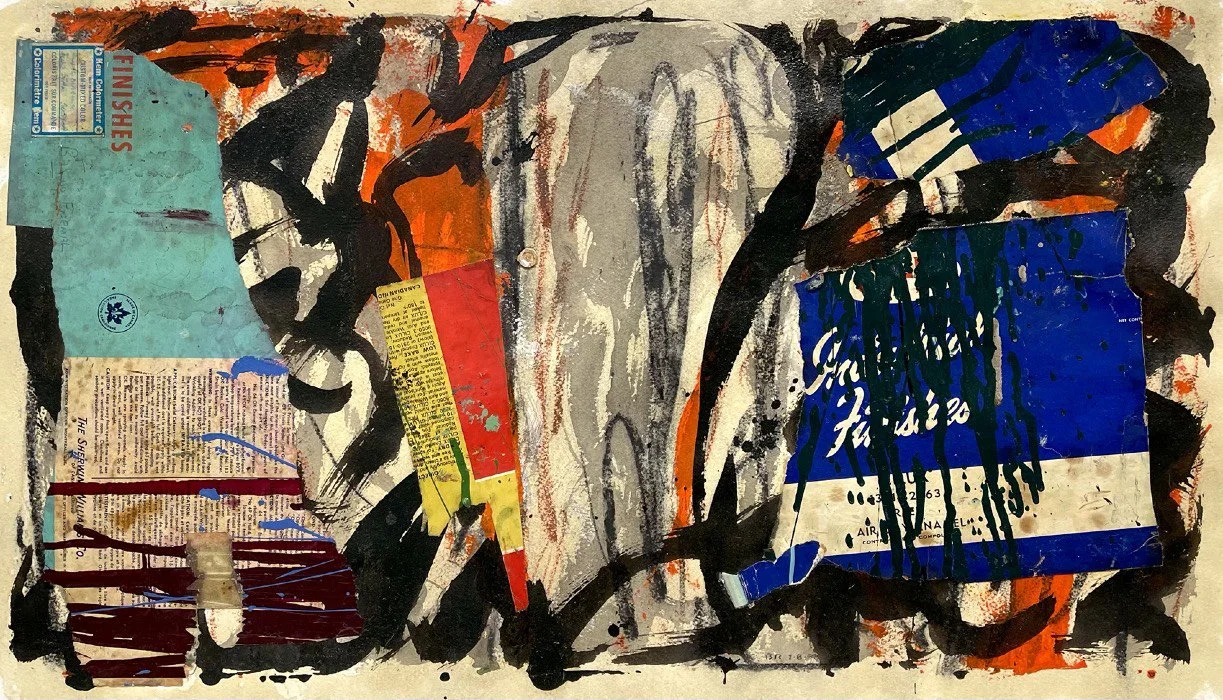BRYAN RYLEY
Operating from his Vernon, British Columbia studio, Bryan Ryley has established himself as a significant contemporary Canadian abstract artist. His intellectually rigorous and sustained practice intricately explores the dynamic interplay between figure and ground in painting, drawing, and collage, with thoughtful incursions into sculpture and photography. This deliberate fluidity across media serves as a crucial methodological lens through which Ryley meticulously dissects and reimagines fundamental principles of structure, seriality, and the inherent expressive potential of diverse materials.
At the heart of Ryley's artistic investigation lies a profound engagement with figure/ground relationships, operating on both psychological and visual levels. He perceives these relationships as being in constant flux, perpetually shifting the viewer's perceptual platform and creating readings that resist fixed interpretations. As focus shifts within a thought or a visual field, the dominant (figure) and the contextual (ground) continuously alter, mirroring the fluid and multifaceted nature of perception in daily life. This core conceptual framework informs his deliberate construction of visual experiences that reflect the dynamic structure of how we perceive and make sense of the world around us.
This concept is particularly evident in his paperwork, which are constructed through a system that is simultaneously random and determined, almost systemic in its unfolding. Ryley begins by establishing the ground, placing white or tan rectangles within the field. Black acrylic is then scraped across the entire surface in varying thicknesses, leading to the partial submersion or exposure of the underlying rectangles, depending on the amount of gel used in their adhesion. Once dried, Ryley intuitively scans these surfaces, seeking emotive feelings that guide the emergence of figurative shapes within the field. He then introduces a piece of used canvas tarp, its inherent history of marks and stains attracting his attention. This found element is formed, cut, and placed somewhat centrally, often creating two figurative elements on either side. In this process, Ryley seeks vertically linear shapes with a sense of autonomy, possessing a distinct "voice" or "feel." The resulting construction presents a visual tension between two figures existing within a field, with the space between them holding an indeterminate depth. However, as the viewer's focus shifts to the concrete physicality and inherent history of the tarp piece, it can emerge as the dominant figure, with the surrounding elements receding into the ground.
In his series, "OH BETTY," Ryley specifically examines the congested ground of our experience. This body of work presents a spectrum of visual environments, ranging from intensely wrought fields where figures emerge and fade within crowded and turbulent grounds, to open and quiet atmospheres with diminutive and subtly lyrical figuration. These varying visual constructs within "OH BETTY" allow for a rich and expansive examination of diverse structures and insights, providing the necessary impetus for Ryley to explore new and important ground in his ongoing artistic inquiry.
The conceptual underpinnings of figure/ground relationships are also central to other bodies of work, such as the series encompassing pieces like "'New Citizen'," "'Death of Another Marat'," and "'Citizens'." These works, as described by the artist, delve into specific social and historical contexts, often using the interplay of simplified and complex forms, embedded symbols like a pendulum, and the history inherent in stained grounds to explore themes of emergence, leadership, and the shared human condition. Ryley's reflections on witnessing the evolving sense of self-worth in the people of Burma inform the conceptual framework of these pieces, where the dynamic between controlling grounds and emerging autonomous figures is a key concern. The titles of these works arise organically from the formal constructs and the momentary feeling established by the placement of shapes.
Underlying Ryley's practice is an intentional choice of materials, particularly the stained and discarded canvas tarps, which he finds inherently beautiful and politically charged. This elevation of non-'fine art' materials challenges conventional perspectives on value and expression, further illustrating his engagement with shifting figure/ground dynamics. Ultimately, Ryley views his work from a celebratory perspective, seeing the inherent struggle of navigating these figure/ground relationships as the very element that gives life meaning, a dynamic that resonates with the universal human experience.
Ryley exhibits in both Canada and the United States, and his significant contributions have garnered critical acclaim and the attention of numerous private and public collectors. His work is included in the permanent collections of: Government of Canada; Canadian Consulate, Paris, France; The Canada Council Art Bank, Ottawa, Ontario; British Columbia Art Collection, Victoria, BC; Kelowna Public Art Gallery, Kelowna, BC; Vernon Public Art Gallery, Vernon, BC; Pratt Institute, Brooklyn, New York; and Racine Art Museum, Racine, Wisconsin. His work is also held in numerous corporate collections, including Canadian Pacific, SunLife Financial, IBM Canada, Brookfield Properties, Encana, Cenovus, Petro Canada, Shell, and Nordstrom, where his work has been prominently displayed in their New York location. Ryley's work has reached a wider audience through features in influential publications such as World of Interiors magazine and British Vogue, further attesting to the broad appreciation for his unique artistic language.
His formative education at Pratt Institute (MFA Honours) and the University of Victoria (BFA Honours), coupled with his early participation in the Whitney Museum Graduate program, provided a strong foundation for his intellectual and artistic development. The pivotal experience of participating in the Emma Lake workshops, where he engaged with influential figures such as John Elderfield, Friedl Dzubas, and Stanley Boxer, was instrumental in refining his understanding of abstract language, the inherent qualities of materials, and the critical relationship between intention and outcome in the artistic process.
Bryan Ryley’s artistic practice represents a sustained and critical inquiry into the fundamental elements of abstract art and the very nature of perception. His meticulously conceived and executed works, including the nuanced explorations within his "OH BETTY" series and the socially and historically engaged "Citizens" works, have garnered significant institutional respect and are held in numerous public and corporate collections across Canada and the United States. His compelling vision has also resonated with prominent collectors and been recognized in influential publications, inviting a broad audience to engage with his unique exploration of the dynamic and ever-shifting interplay between figure and ground, material and meaning, ultimately reflecting the complexities and inherent dynamism of the human experience
Bryan Ryley CV
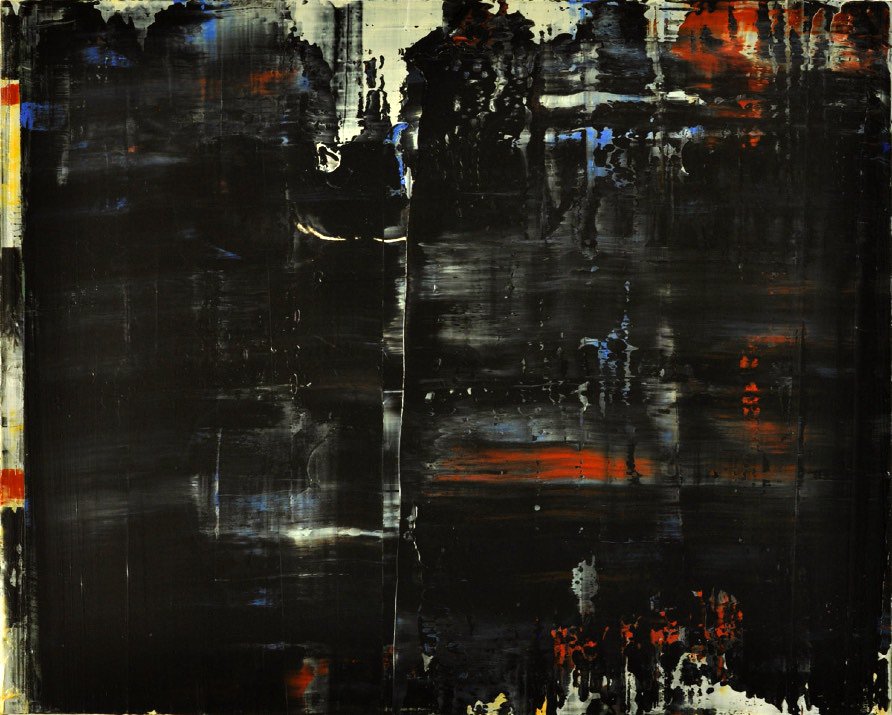
Bryan Ryley, AP 10, 2012, Acrylic on canvas, 48 × 60 in

Mock up: Bryan Ryley, AP 10, 2012, Acrylic on canvas, 48 × 60 in
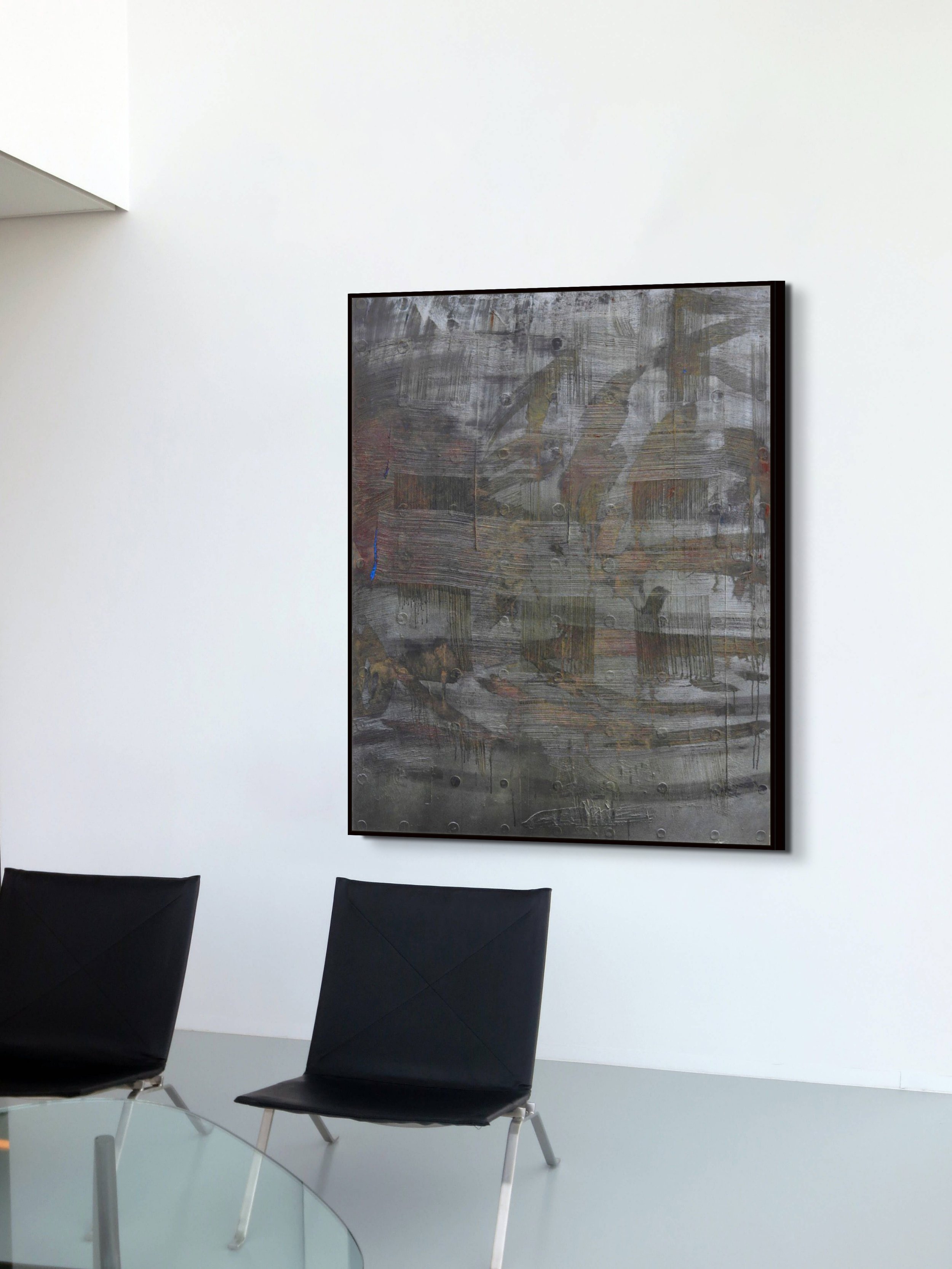
Mock up: Bryan Ryley, POND, 2001, Oil on canvas, Unframed 60 × 48 in
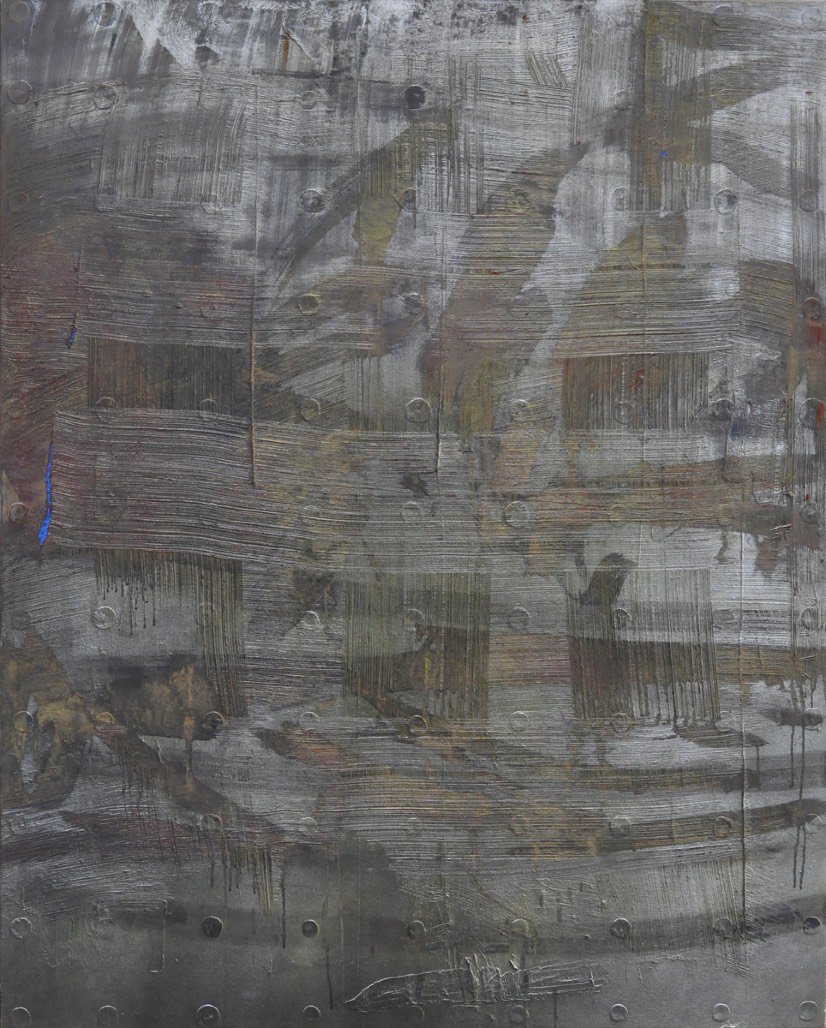
Bryan Ryley, POND, 2001, Oil on canvas, Unframed 60 × 48 in
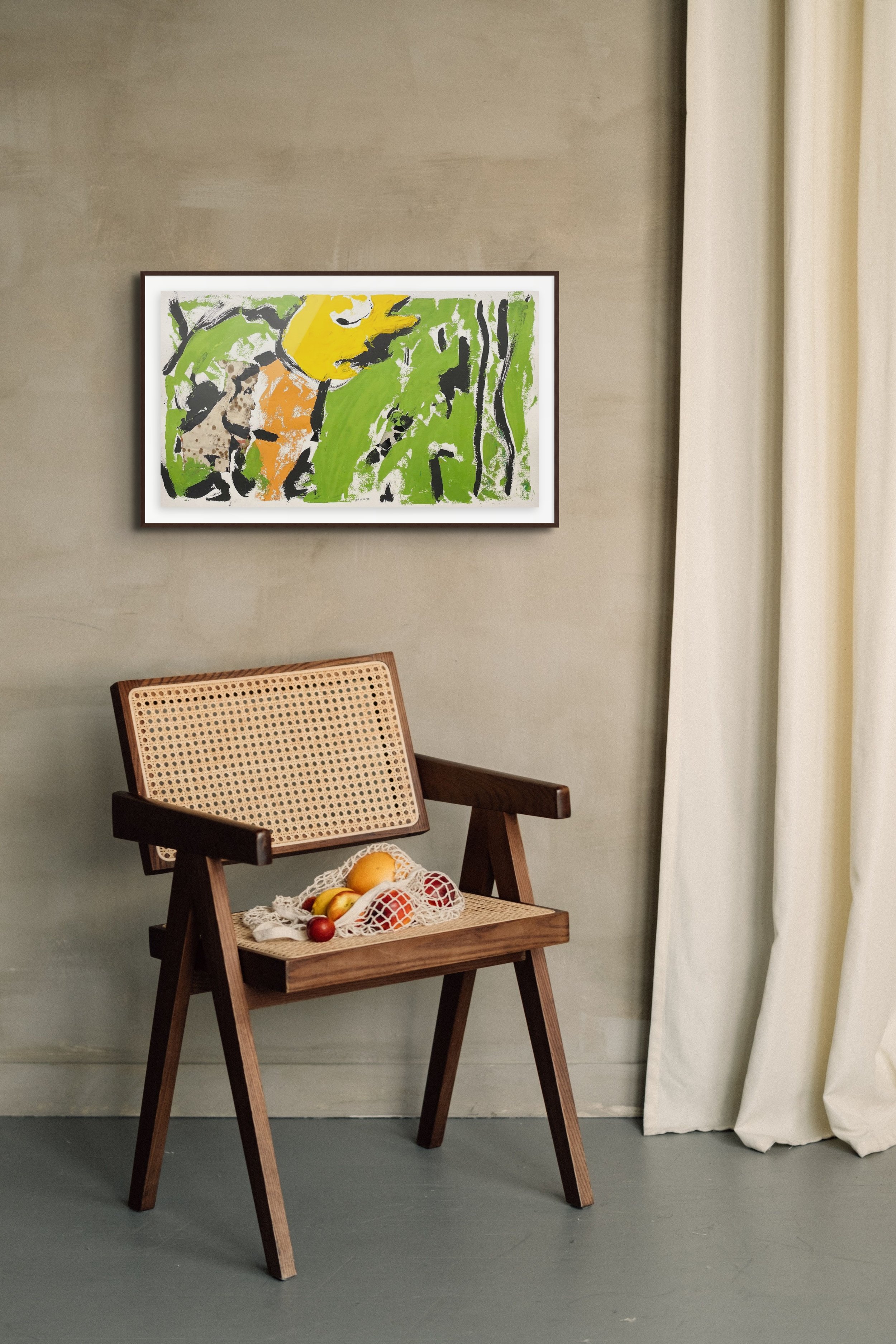
Mock up: Bryan Ryley, ADDRESSING MR. GRASSHOPPER, 2020, Collage, ink, gouache on 250 lb D’Arches rag paper, Unframed: 14 × 25 in on 22 × 30 in Arches paper
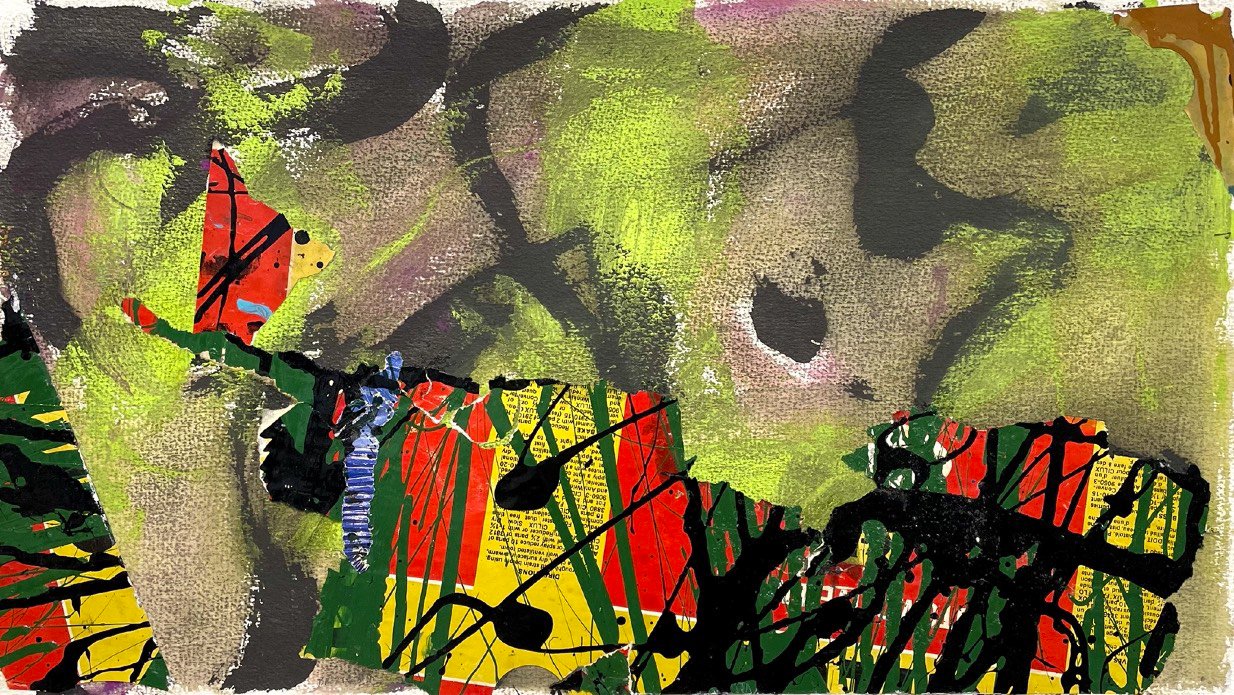
Bryan Ryley, ADJUSTMENTS, 2020, Collage, ink, Gouache on 250 lb D’Arches rag paper, Unframed: 14 × 25 in on 22 × 30 in Arches paper
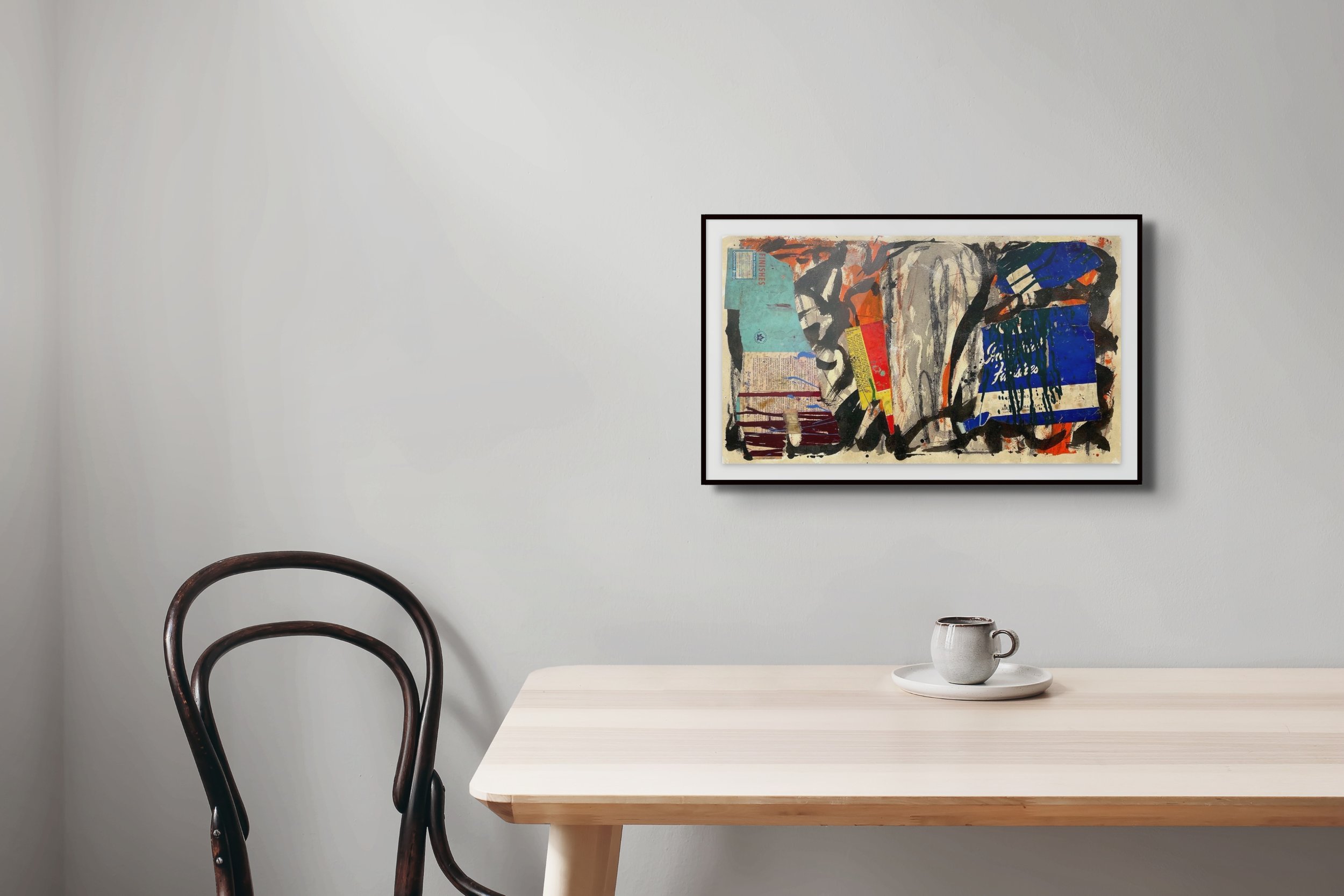
Mock up: Bryan Ryley, SWANSONG, 2020, Collage, ink, gouache, charcoal, damar on 250 lbs D’Arches rag paper, Unframed: 14 × 25 in on 22 × 30 in 250 lbs D’Arches rag paper

Bryan Ryley, SWANSONG, 2020, Collage, ink, gouache, charcoal, damar on 250 lbs D’Arches rag paper, Unframed: 14 × 25 in on 22 × 30 in 250 lbs D’Arches rag paper
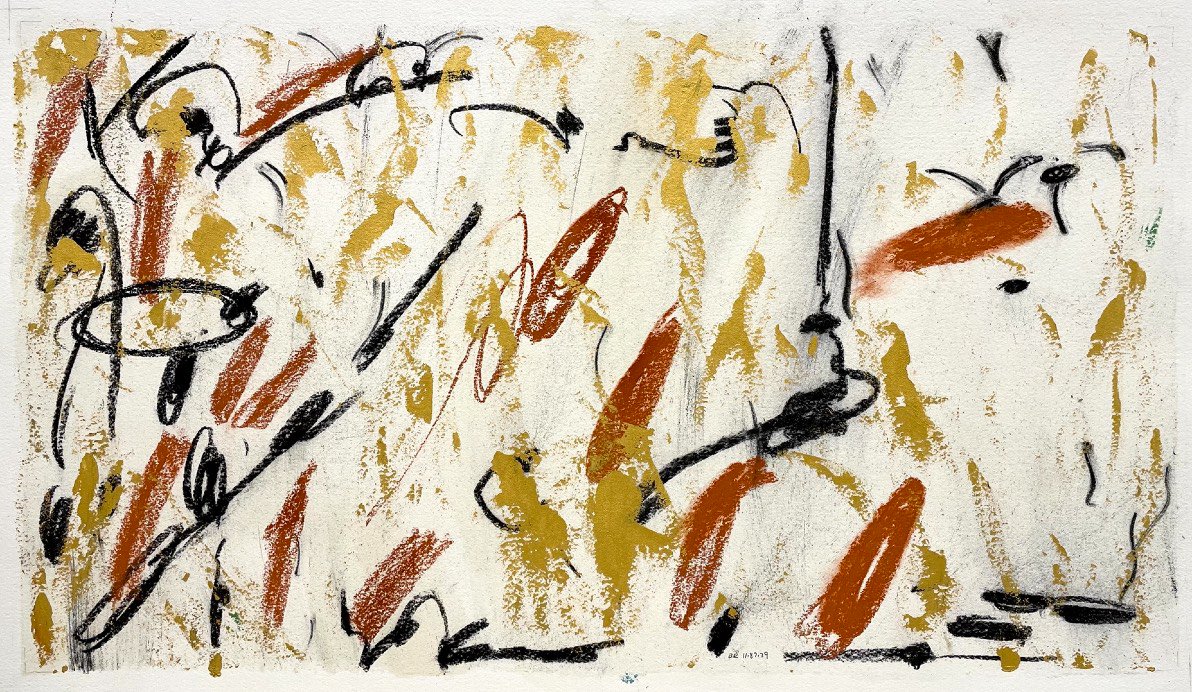
Bryan Ryley, JOE & MARY, 2020, Gouache, charcoal, conte, on 250 lb D’Arches rag paper, Unframed: 14 × 25 in on 22 × 30 in Arches paper

Bryan Ryley, GO BLING, 2020, Collage, ink, gouache, charcoal, damar on 250 lb D’Arches rag paper, Unframed: 14 × 25 in on 22 × 30 in Arches paper

Mock up: Bryan Ryley, WORLD WATCH, 2020, Collage, ink, gouache, charcoal, damar on 250 lb D’Arches rag paper, Unframed: 14 × 25 in on 22 × 30 in 250 lb D’Arches rag paper
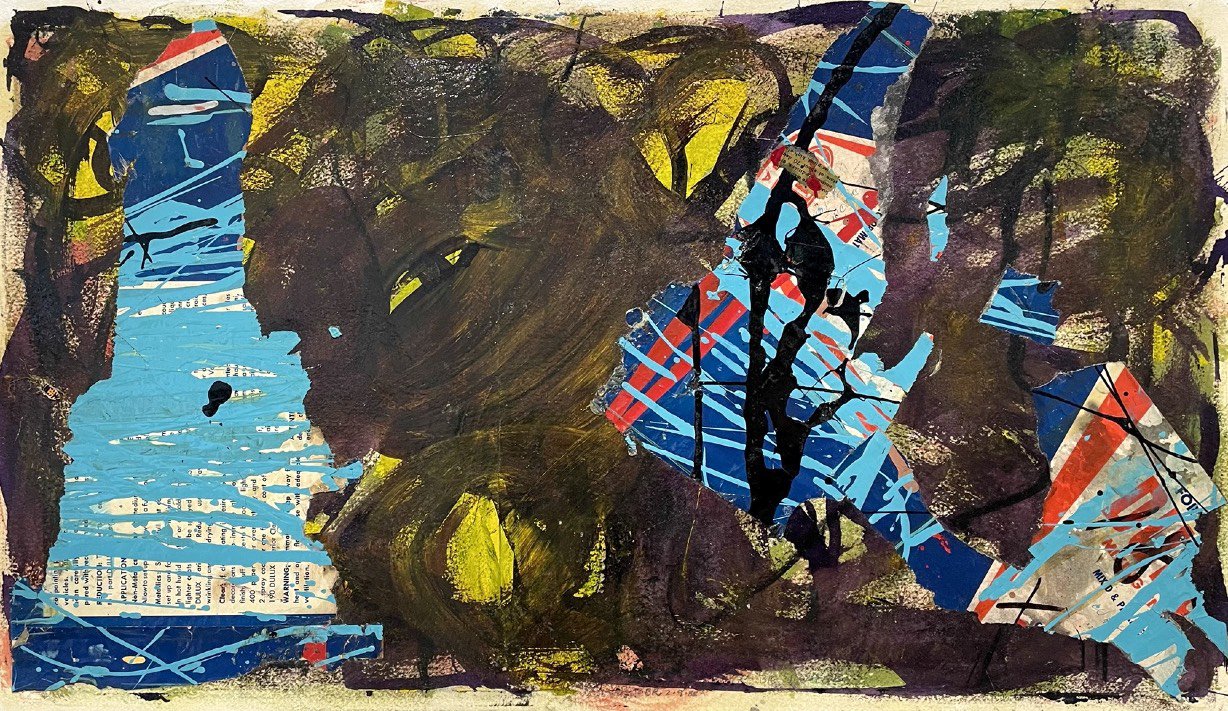
Bryan Ryley, WORLD WATCH, 2020, Collage, ink, gouache, charcoal, damar on 250 lb D’Arches rag paper, Unframed: 14 × 25 in on 22 × 30 in 250 lb D’Arches rag paper
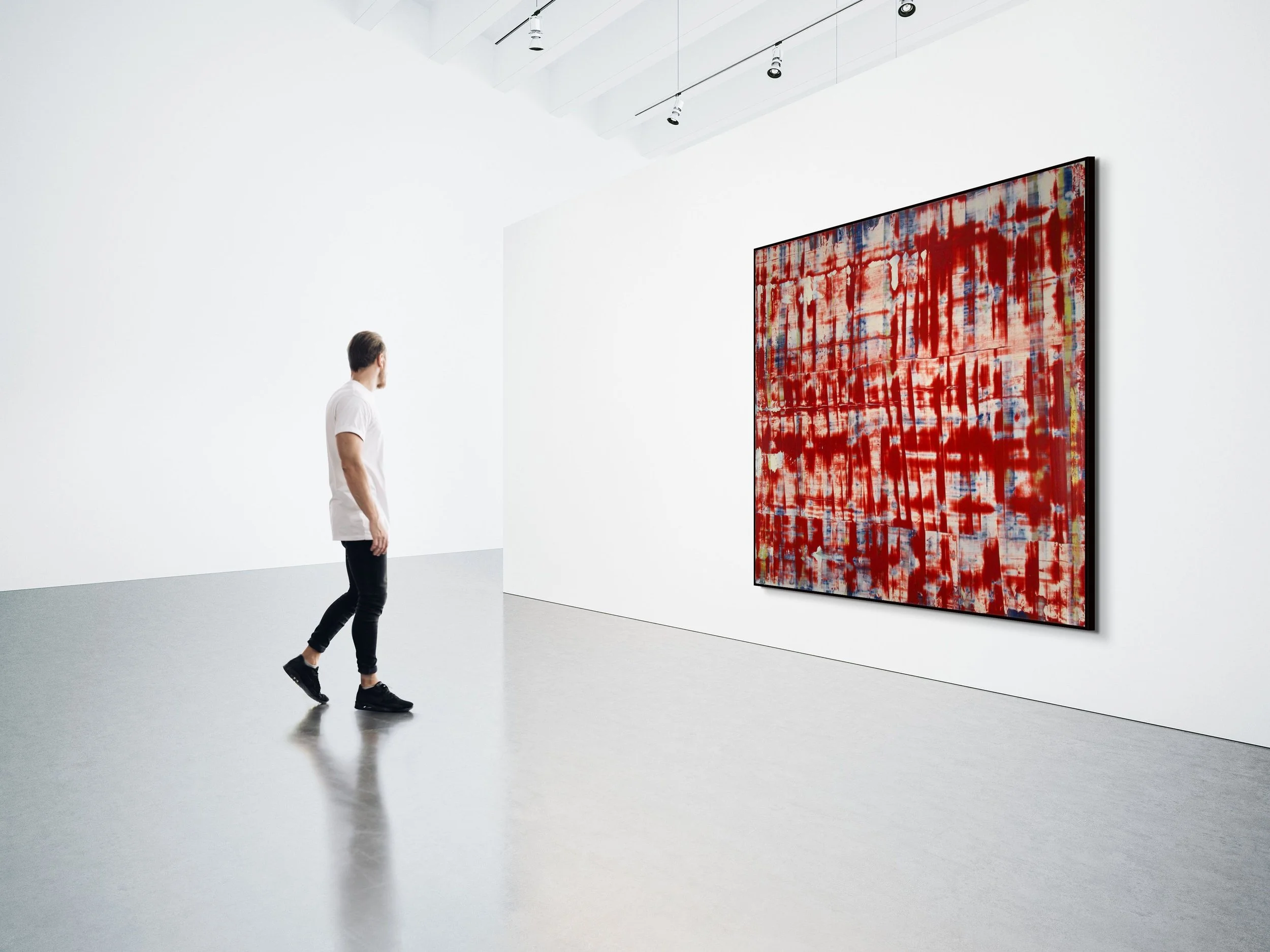
Mock up: Bryan Ryley, PLUMB BOB, 2007, Acrylic on canvas, Unframed: 72 × 84 in
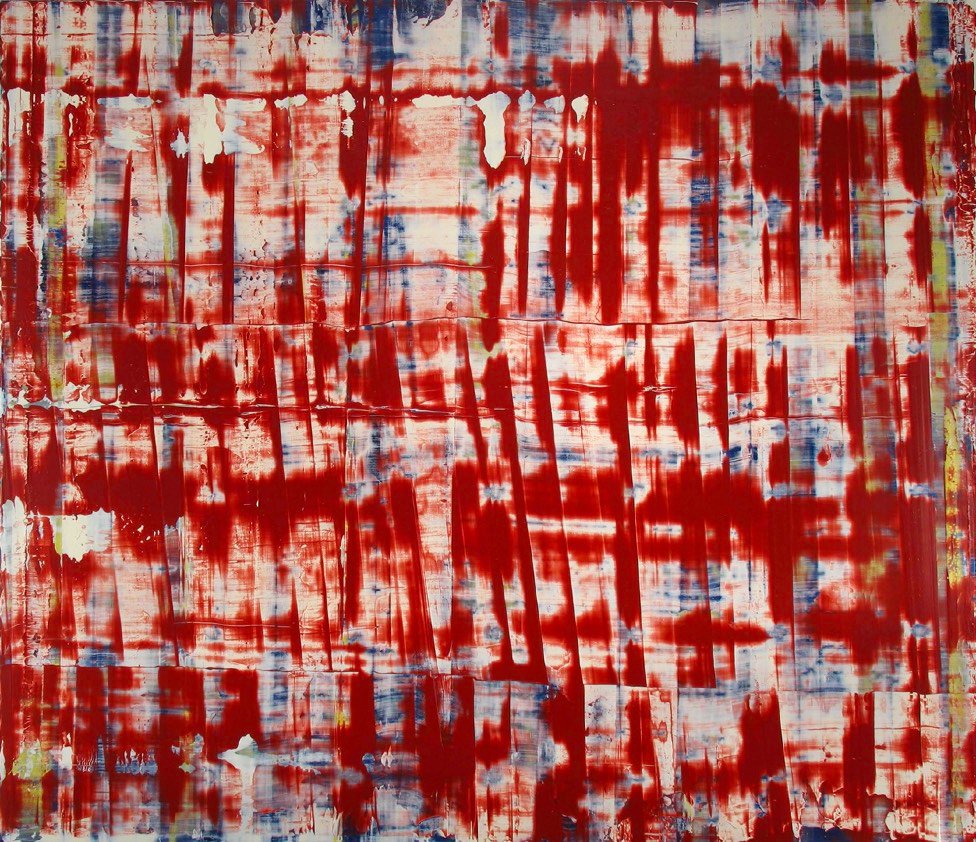
Bryan Ryley, PLUMB BOB, 2007, Acrylic on canvas, Unframed: 72 × 84 in
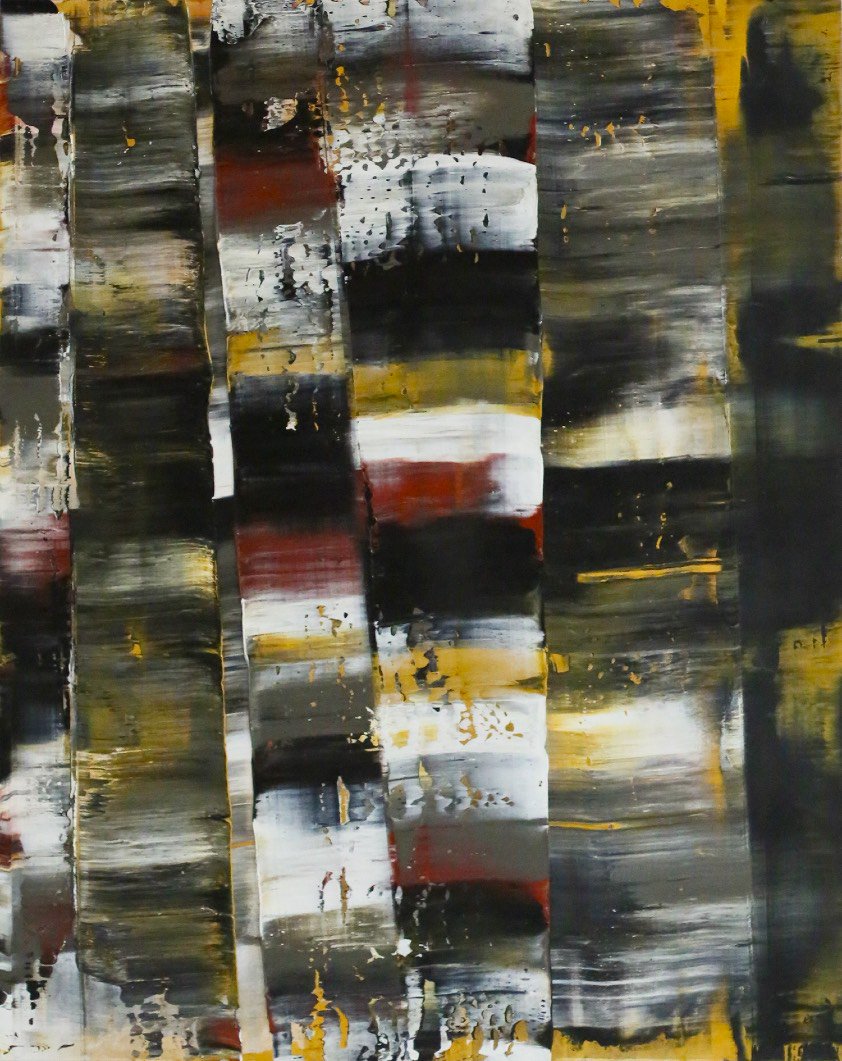
Bryan Ryley, CONCHITA’S DRESS, 2012, Acrylic on canvas, 60 × 48 in
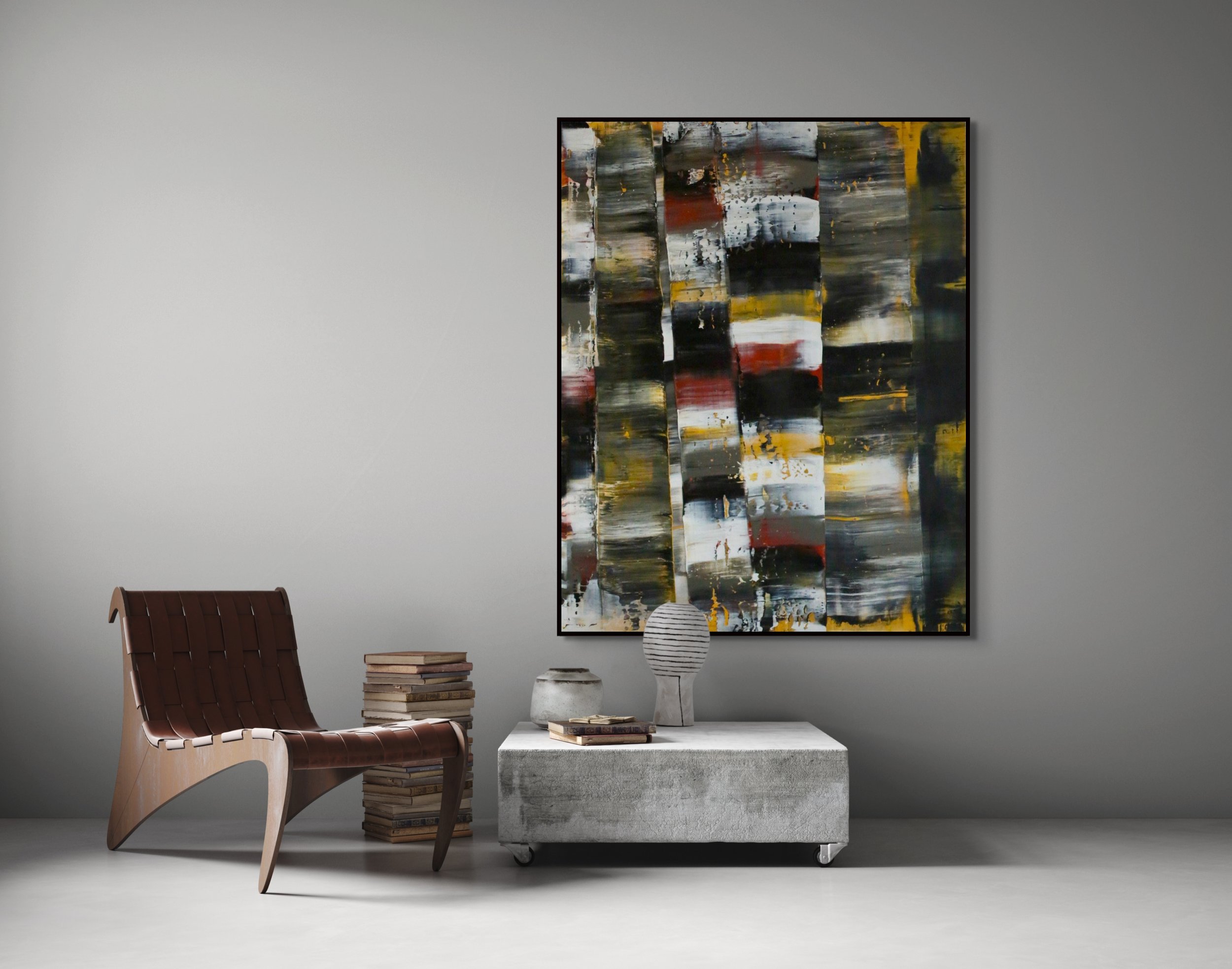
Mock up: Bryan Ryley, CONCHITA’S DRESS, 2012, Acrylic on canvas, 60 × 48 in

Mock up: Bryan Ryley, RUMBLE STRIP, 2014, Acrylic and canvas collage on canvas, Unframed 60 × 48 in
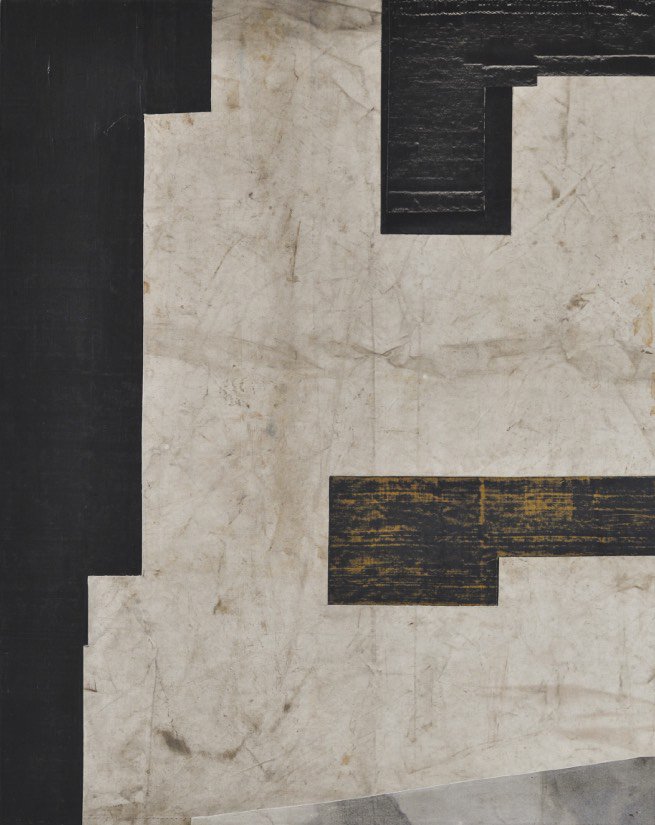
Bryan Ryley, RUMBLE STRIP, 2014, Acrylic and canvas collage on canvas, Unframed 60 × 48 in

Mock up: Bryan Ryley, BIRDSONG, 2014, Acrylic and canvas collage on canvas, 30 × 48 in (Diptych, each panel 30 × 24 in)

Bryan Ryley, BIRDSONG, 2014, Acrylic and canvas collage on canvas, 30 × 48 in (Diptych, each panel 30 × 24 in)
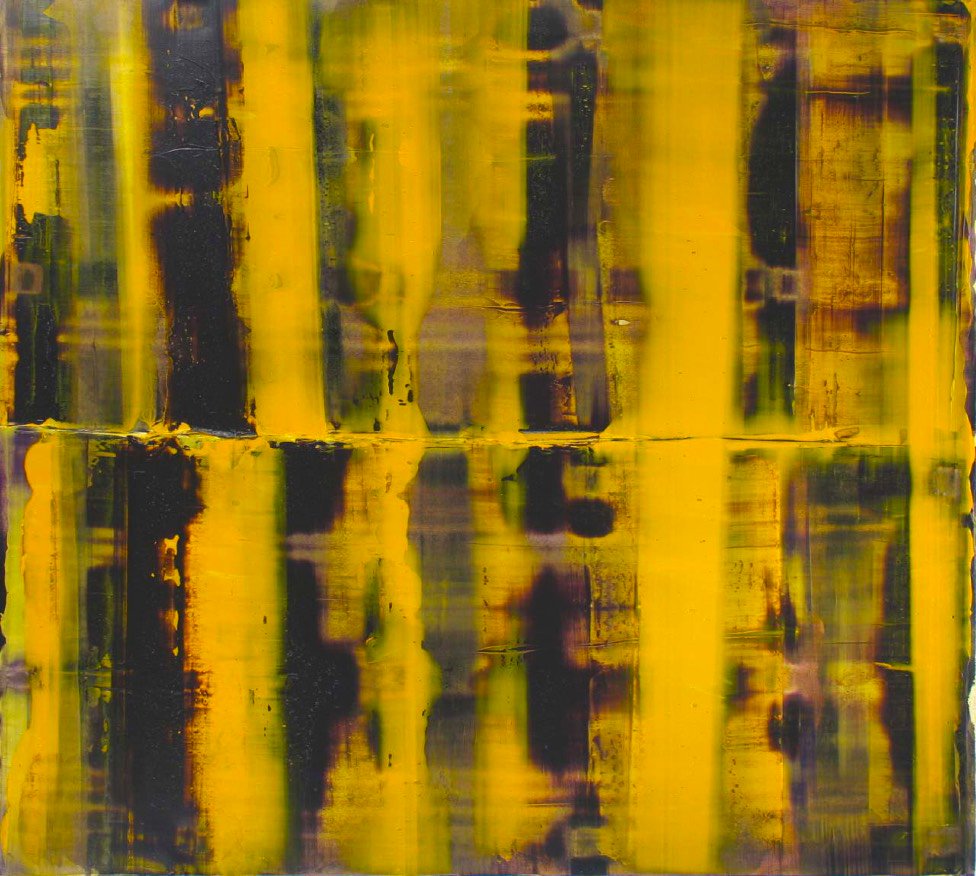
Bryan Ryley, ON THE ROAD TO WA, 2007, Acrylic on canvas, Unframed: 54 × 60 in

Mock up: Bryan Ryley, PASEO DE LA REFORMA, 2007, Acrylic on canvas, Unframed: 54 × 60 in
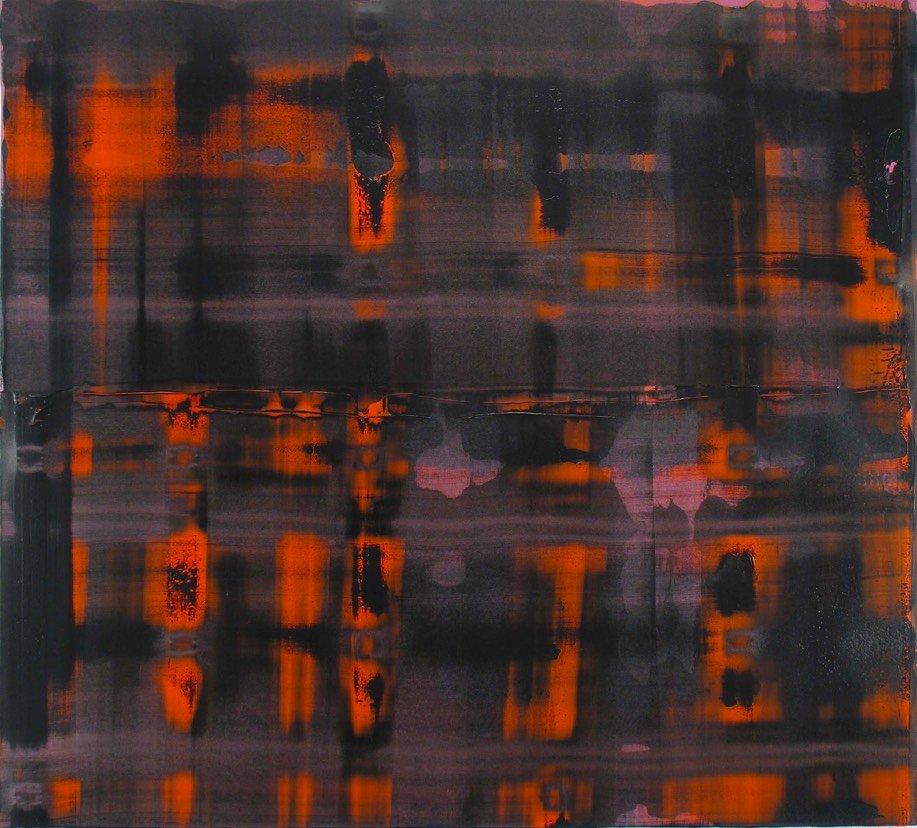
Bryan Ryley, PASEO DE LA REFORMA, 2007, Acrylic on canvas, Unframed: 54 × 60 in

Bryan Ryley, DELUGE, 2022, Acrylic on canvas, Unframed: 72 × 60 in
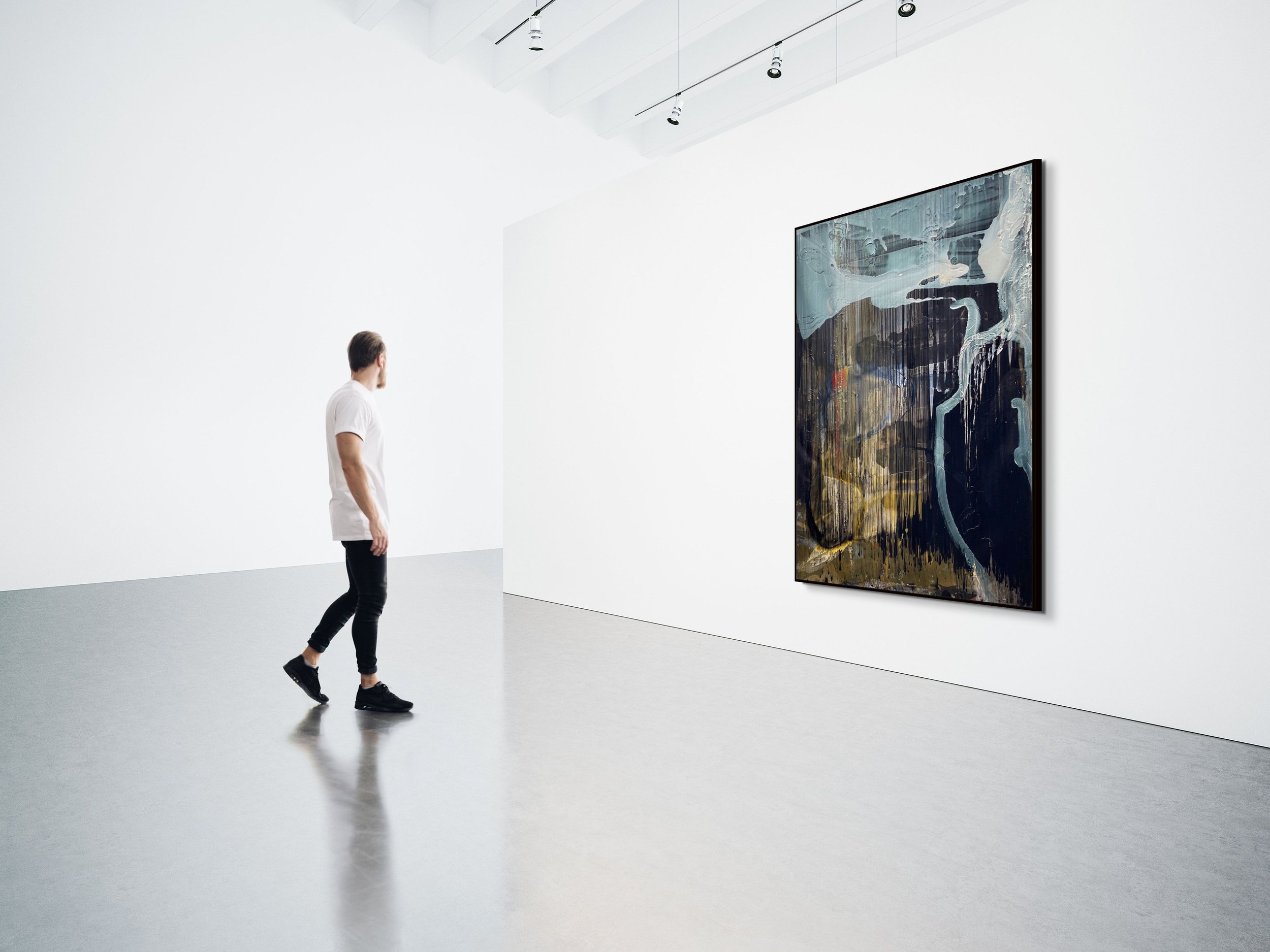
Mock up: Bryan Ryley, DELUGE, 2022, Acrylic on canvas, Unframed: 72 × 60 in

Bryan Ryley, MIDNIGHT IN THE DRAA, 2011, Acrylic on canvas, Unframed: 67 × 90 in

Mock up: Bryan Ryley, AP 5, 2012, Acrylic on canvas, 48 × 40 in

Mock up: Bryan Ryley, ZAPATA BEACH 1, 2011, Acrylic on canvas, 60 × 48 in

Bryan Ryley, ZAPATA BEACH 1, 2011, Acrylic on canvas, 60 × 48 in

Bryan Ryley, ZAPATA BEACH 3, 2011, Acrylic on canvas, 60 × 48 in
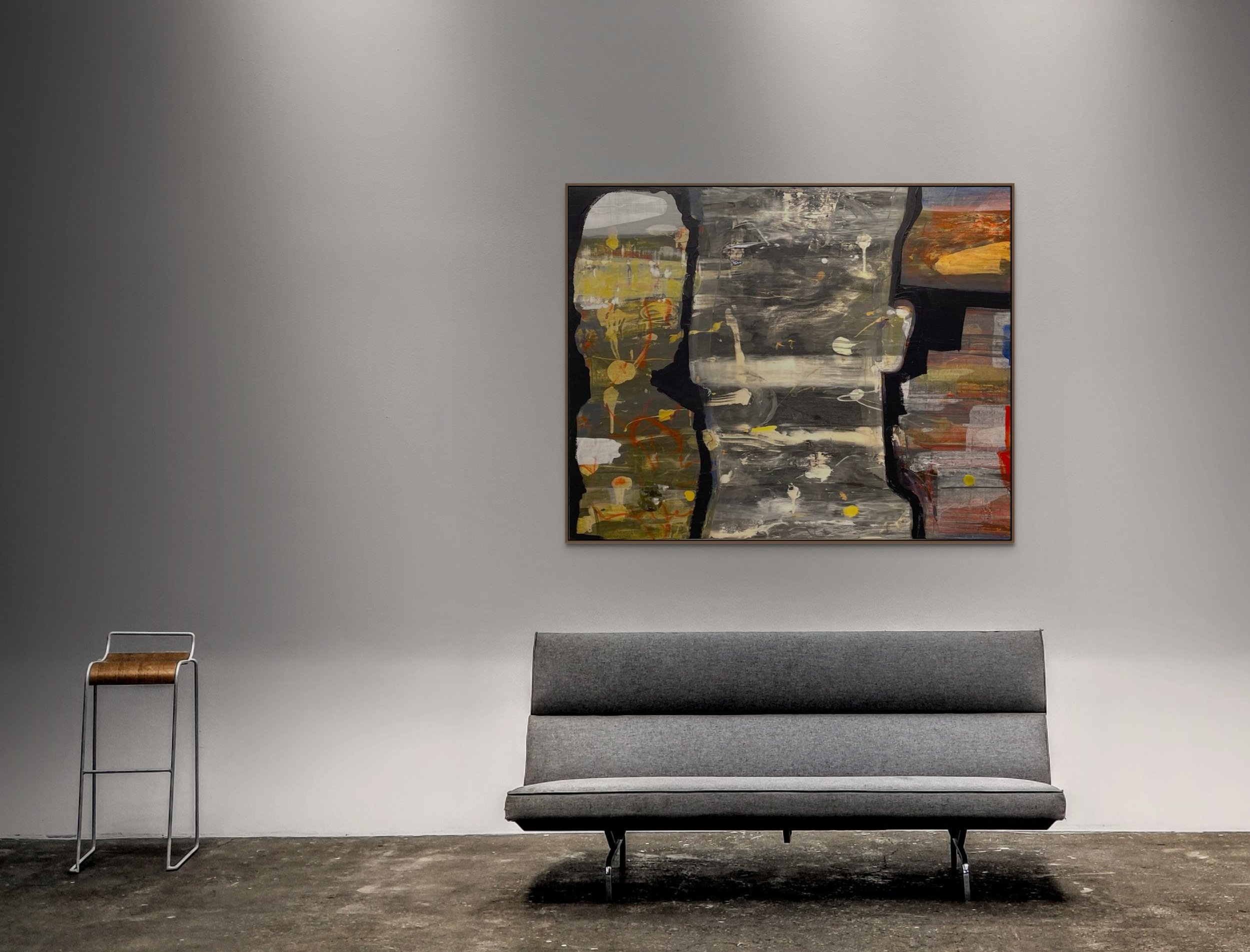
Mock up: Bryan Ryley, INSIDE/OUTSIDE, 2022, Acrylic on canvas, 48 x 60 in
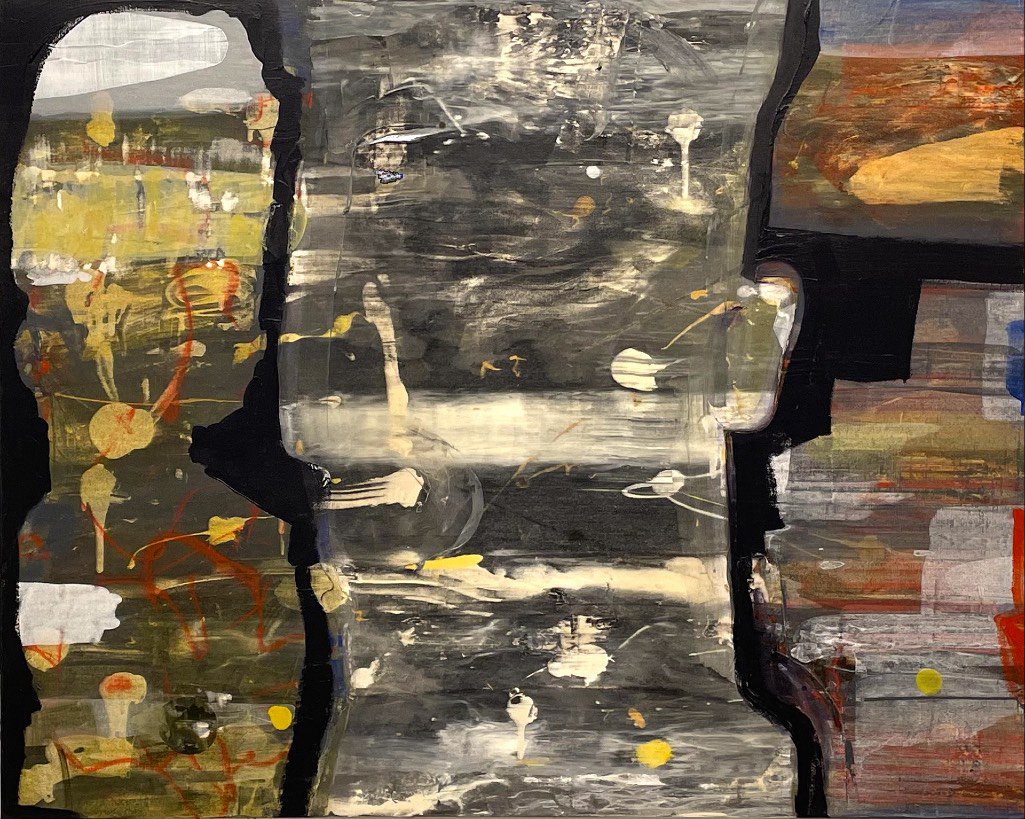
Bryan Ryley, INSIDE/OUTSIDE, 2022, Acrylic on canvas, 48 x 60 in



















